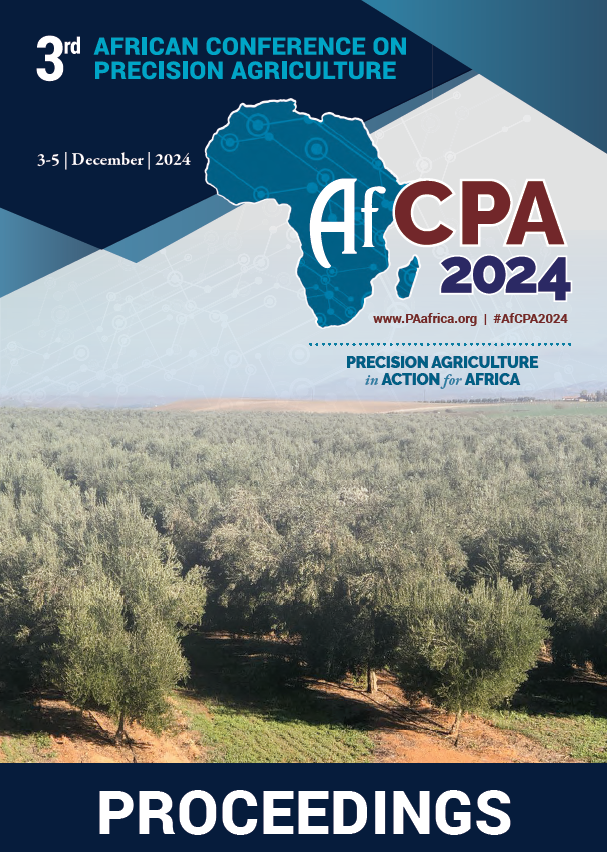Download the Conference Proceedings
Proceedings
Topics
| Filter results5 paper(s) found. |
|---|
1. Crop water requirements, biomass and grain yields estimation for Sulla (Hedysarum coronarium L.) using cropwat in semi-arid regions of TunisiaDwindling water resources and increasing food requirements require greater efficiency in water use, both in rainfed and in irrigated agriculture. Regulated deficit irrigation provides a means of reducing water consumption while minimizing adverse effects on yield. With the current water shortage in Africa improving crop water use is vital especially in the arid and semi-arid regions. Models can play a useful role in developing practical recommendations for optimizing crop production und... R. Hajri, M. Rezghui, M. Mechri, M. ben younes |
2. Irrigation Water Management for Potato crop under Pivot Irrigation System using Remote sensing techniquesWhen water application records low efficiency, the water losses increased. Irrigation systems often ignore soil variability and water applied uniformly on the field; hence, the water losses amplified. Which means more water application, more energy demand, and more money expenses. El-Salhia region contains a big agricultural farm located at the South Eastern of Nile delta. The field NO 34 was chosen to be investigated under the pivot central sprinkler irrigation system which cultivated ... |
3. A precision irrigation app for smart water management by farmersIn a context of climate change and water scarcity which is globally recognized, Morocco is one of the countries that are facing already insufficient water supply for irrigation in order to sustain productivity and food security. Therefore, there is a strong need for adapting agricultural practices and developing new technologies for efficient and smart irrigation management to make best use of available water and maximize productivity per unit of consumed water. Recent studies have shown that... A. Abouabdillah , R. Bouabid |
4. Monitoring irrigation water use at large scale irrigated areas using remote sensing in water scarce environmentIncreasing pressure on available water resources in semi-arid region will affect the availability of water for irrigated agriculture. In this context, adoption of innovative and cost-effective tools for water management and analysis of water use patterns in irrigated areas is required for an efficient and sustainable use of water resources. This study aims to evaluate a remote sensing-based approach which allows estimation of the temporal and spatial distribution of crop evapo... M. Kharrou, V. Simonneaux, M. Le page, S. Er-raki, G. Boulet, J. Ezzahar, S. Khabba, A. Chehbouni |
5. A reinforcement learning based approach for efficient irrigation water managementDue to population growth and the effects of climate change, most of the world's regions are threatened by water scarcity, especially in Africa and the Mediterranean region. In Morocco, agriculture consumes more than 85% of available water. Thus, to preserve water resources, the rational management of irrigation water is necessary. In this context, recent technological progress and the emergence of artificial intelligence could provide an effective decision support tool for the rational an... C. El hachimi, S. Belaqziz, S. Khabba, A. Chehbouni |
